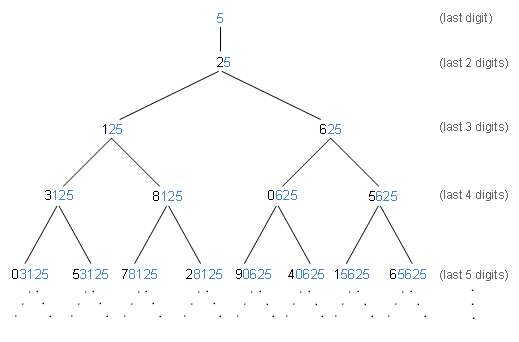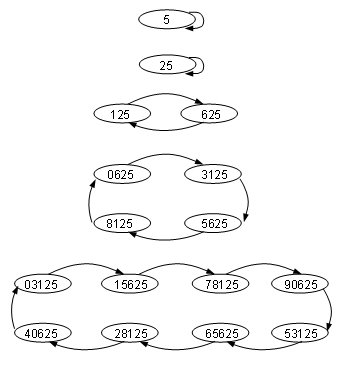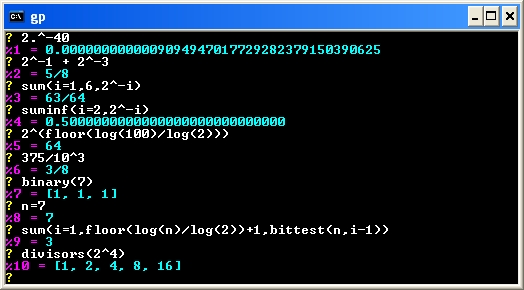The positive powers of two — 2, 4, 8, 16, 32, 64, 128, 256, … — follow an obvious repeating pattern in their ending digit: 2, 4, 8, 6, 2, 4, 8, 6, … . This cycle of four digits continues forever. There are also cycles beyond the last digit — in the last m digits in fact — in the powers of two from 2m on. For example, the last two digits repeat in a cycle of length 20 starting with 04, and the last three digits repeat in a cycle of length 100 starting with 008.
In this article, I will show you why these cycles exist, how long they are, how they are expressed mathematically, and how to visualize them.
Continue reading “Patterns in the Last Digits of the Positive Powers of Two”






